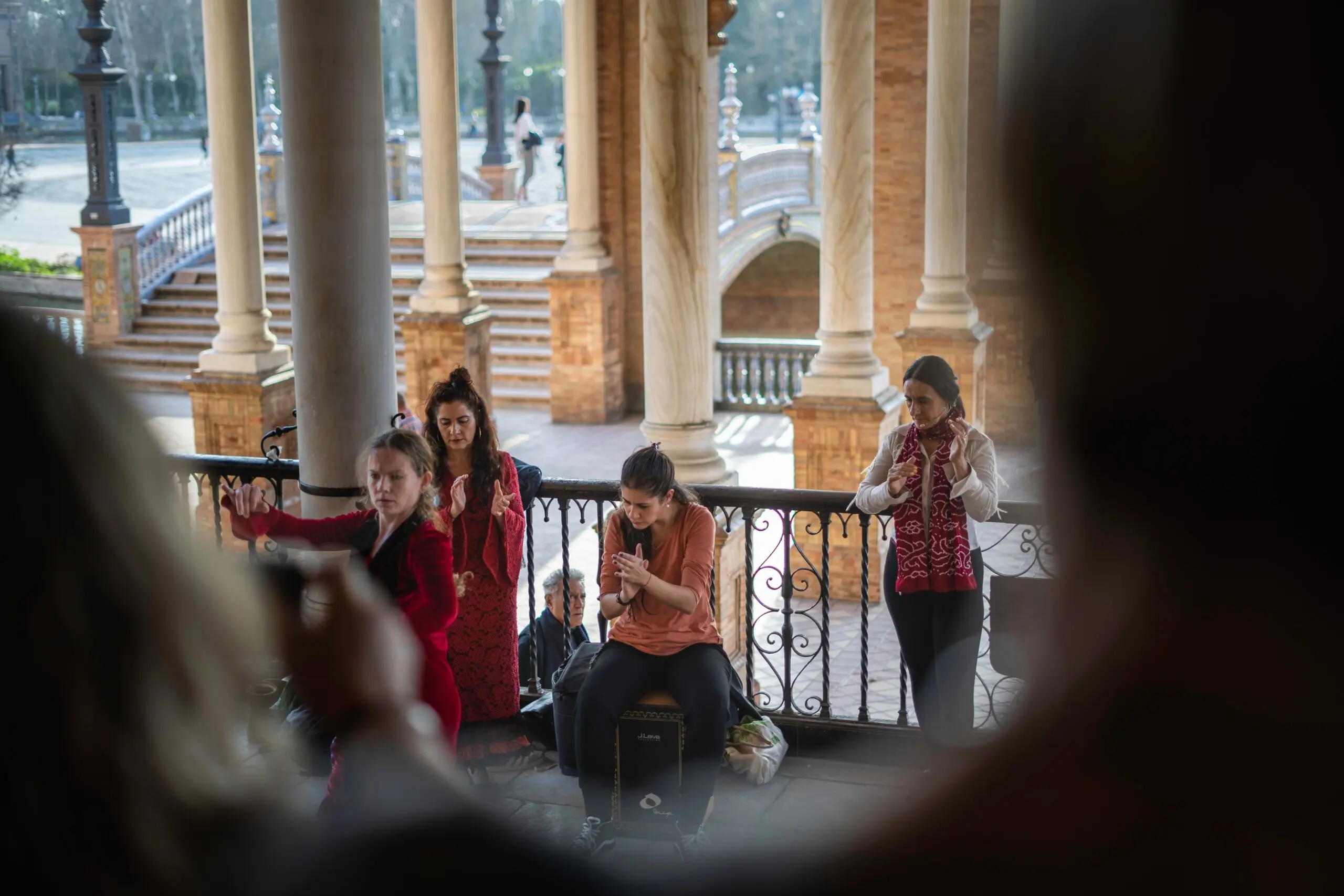Table Of Contents−
Introduction
Sure, I'll continue from where you left off:Introduction
Dance is a captivating art form that has the power to mesmerize audiences and evoke a wide range of emotions. One of the key elements that brings dance to life is rhythm. Understanding the concept of rhythm is essential for dancers, as it forms the foundation of their movements and expressions.Understanding Rhythm
Rhythm
Rhythm can be defined as the pattern of beats and accents in music or movement. It is the flow and timing of sounds or steps that create a sense of musicality and coordination. In dance, rhythm is not only about following the beat of the music but also about adding personal style and interpretation to the movements.The Role of Rhythm in DanceRhythm plays a crucial role in dance, as it allows dancers to synchronize their movements with the music. It provides structure and organization to their choreography, creating a visually pleasing and harmonious performance. Moreover, rhythm helps dancers convey emotions and tell stories through their movements, enhancing the overall impact of their performance.Different Styles of Dance and Their Rhythms
Styles of Dance
There are numerous styles of dance, each with its own unique rhythms and characteristics. From the lively and energetic rhythms of Latin dances like Salsa and Cha-Cha, to the intricate and precise rhythms of Ballet and Tap dance, every style has its distinct musicality and movement patterns.The Importance of Musicality in DanceMusicality, the ability to interpret and express the music through movement, is closely intertwined with rhythm in dance. Dancers with a strong sense of musicality can enhance their performances by accentuating the beats, melodies, and emotions in the music. It adds depth and artistry to their movements, making the dance truly captivating to watch.Techniques for Enhancing Rhythm in Dance
Enhancing Rhythm
For dancers, developing a strong sense of rhythm is essential. Here are a few techniques that can help enhance rhythm in dance:1. Counting the beats: By counting the beats of the music, dancers can develop a better understanding of the rhythm and improve their timing.2. Body awareness: Dancers can enhance their rhythm by developing a strong sense of body awareness. This involves understanding how different parts of the body move in relation to the beats of the music.3. Musical interpretation: By closely listening to the music, dancers can interpret and express the rhythm through their movements. This adds a personal touch to their dance and makes it more engaging for the audience.The Connection Between Rhythm and Choreography
Rhythm and Choreography
Choreography is the art of creating dance sequences and routines. Rhythm plays a central role in choreography, as it dictates the timing and flow of movements. Choreographers carefully select and arrange steps to match the rhythm of the music, creating a cohesive and visually appealing piece.Rhythmic Challenges in Dance and How to Overcome ThemWhile rhythm is an integral part of dance, it can also pose challenges for dancers. Some may struggle with maintaining consistent timing or executing complex rhythms. However, with practice and determination, these challenges can be overcome.One effective approach is to break down the rhythm into smaller segments and practice them individually. By focusing on specific patterns or accents, dancers can gradually build their rhythmic skills. Additionally, working with a metronome or practicing with live music can help develop a stronger sense of timing and synchronization.Exploring Cultural Influences on Dance Rhythms
Cultural Influences
Dance is deeply influenced by culture, and this is evident in the diverse rhythms found in different dance styles around the world. From the vibrant rhythms of African dances to the intricate footwork of Indian classical dance, cultural influences shape the way we perceive and appreciate rhythm in dance.ConclusionIn conclusion, rhythm is the heartbeat of dance. It sets the pace, adds depth, and brings the movements to life. With an understanding of rhythm and techniques to enhance it, dancers can elevate their performances and truly captivate their audience. So, embrace the rhythm, let it guide your movements, and watch as dance becomes a powerful expression of art and emotion.
